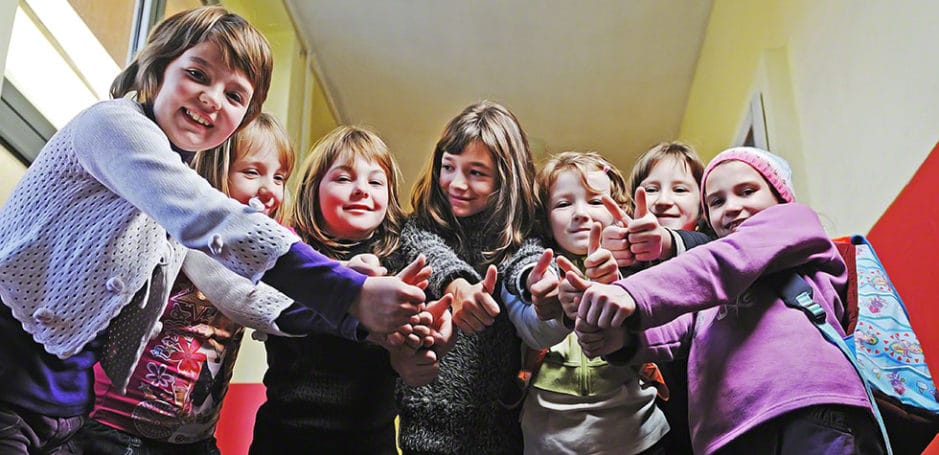Kids living in poverty face a lot of barriers to access education. Others are obvious like not having any school to go while some are more subtle like lack of teachers to help kids learn effectively.
Access to education may improve society’s longevity and health, combat climate change, and grow economies. However, in some developing countries, access to education may be limited due to many factors. Gender roles, reliance on child labor, and language barriers may stall progress to achieve quality education.
Below are the other challenges or barriers in global education that governments should take action to provide quality education to every child:
Having Untrained or No Teachers at All
The effectiveness of teachers has been found to be the most crucial predictor for students to learn. Global Partnership Education can fight the crisis in teachers worldwide at hand. There are not enough teachers to achieve secondary or primary education and most of these teachers working are untrained. Due to this, kids are not getting a proper education. According to the UN, millions of new teachers are needed to achieve secondary and primary education. To offer primary education, millions of teachers should be recruited.
Lack of Funding
Some developing countries cannot depend solely on their financing when it comes to education. There is also a need for foreign aid. Just twenty percent of educational aid goes to countries with low income. It costs about $1.25 daily in developing countries to offer thirteen years of education.
If every developing country invests fifteen cents more per kid, it can make a difference. Currently, there is a billion of dollars gap to provide quality education to all kids by the year 2030. Global Partnership Education encourages the developing countries to contribute twenty percent of their budget to education and allocate 45 percent to primary education.
Lack of Classrooms
Children can’t learn without a proper environment. Kids in some countries are frequently squeezed into an overcrowded classroom. There are also classrooms that are damaged, forcing students to take lessons outside. They also do not have school supplies, textbooks, and some tools they require to excel. Aside from classrooms, there is also no access to safer toilets for the girls. This often results in them getting harassed by bad people.
Poor Nutrition and Hunger
Hunger’s impact on education is underreported. Being malnourished can negatively affect one’s brain development, which may result to having poor grades. Impaired development and growth that kids experience due to inadequate stimulation and poor infection may affect the cognitive abilities of a kid in school. Due to this, these children aren’t able to read at 8 years of age. Therefore, for good learning, children must have good nutrition.
Lack of Educational Materials
Worn-out and outdated textbooks are frequently shared by 6 or more students across the globe. Exercise sheets, workbooks, and some core materials to help children learn from their lessons don’t have enough supply in other parts of the world. Teachers also require materials to prepare their lessons, guide their lessons, and share them with their students.

